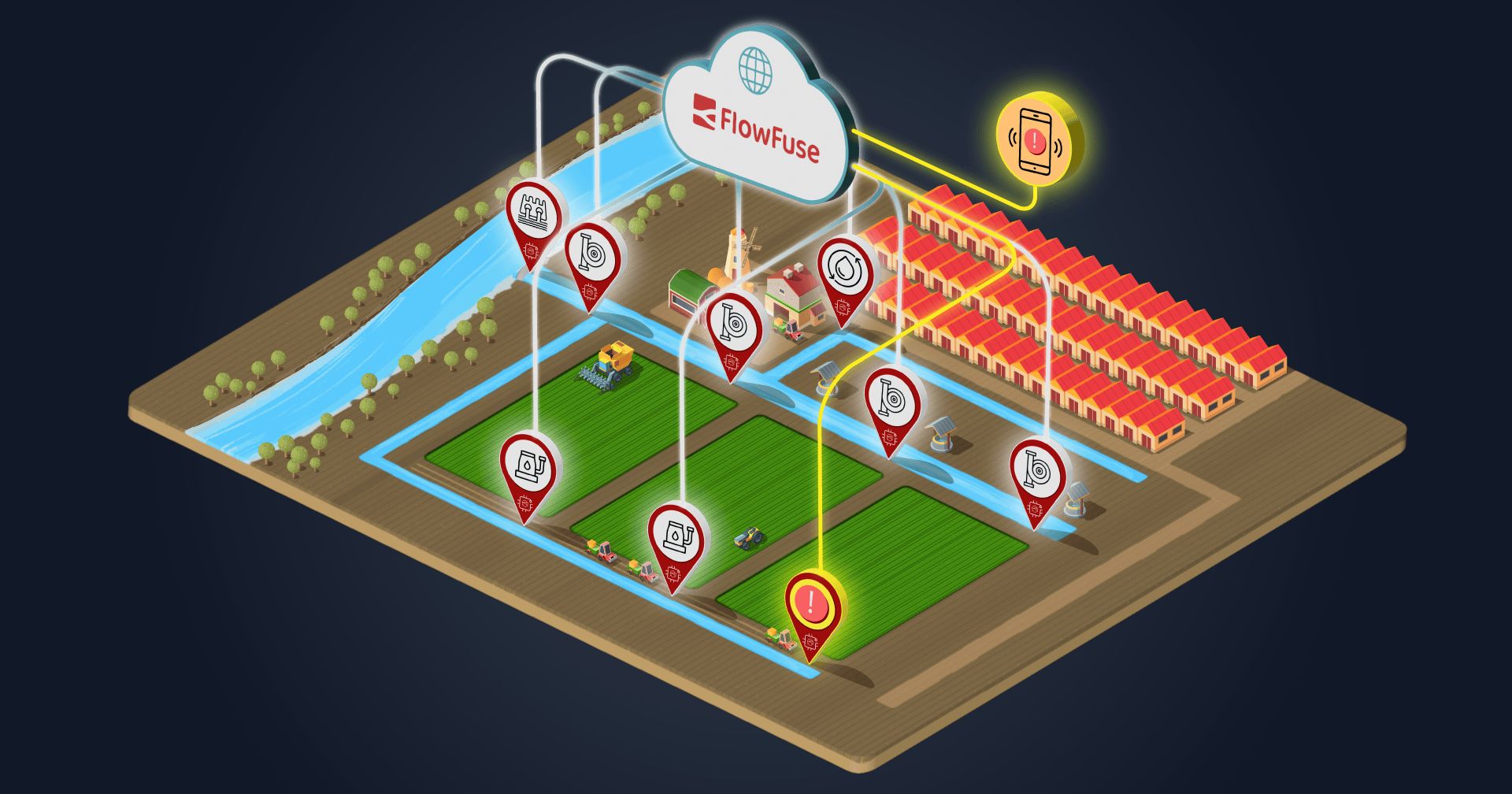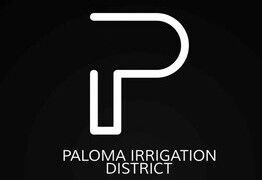Leveraging Node-RED and FlowFuse to Revolutionize Irrigation
Once we settled on using Node-RED, we knew we needed a solution to help us manage our edge devices as well as our central control system. FlowFuse has helped us take our Node-RED from proof-of-concept through to a reliable, scalable solution for the future.
In the heart of agricultural innovation, Paloma Irrigation and Drainage District (PIDD) stands as a testament to the transformative power of technology in the field. This case study delves into how PIDD leveraged Node-RED and FlowFuse to revolutionize their irrigation and water delivery systems, ultimately improving efficiency, reducing operational costs, and paving the way for the future of smart agriculture.
We sat down with PIDD’s Robert VanHofwegen to find out more about how Node-RED and FlowFuse are fundamentally changing the way they work.
# Background
Paloma Irrigation and Drainage District oversees the delivery of water to farmers across 30,000 acres, managing water rights and distributing approximately 185,000 acre-feet of water annually. In addition to serving the agricultural community, PIDD operates a domestic water system catering to nearly a hundred households.
# Challenges Faced
Before implementing Node-RED and FlowFuse, PIDD grappled with operational challenges, including:
- Inefficient Monitoring: Remote pump stations required frequent physical visits, resulting in time-consuming and costly operations.
- Data Accessibility: Lack of real-time data accessibility led to inconsistent water management, impacting overall system stability.
# Node-RED and FlowFuse Solution
Recognizing the need for a technological overhaul, PIDD embraced Node-RED, a flow-based development tool, while using FlowFuse to help manage their edge and cloud devices. This combination served as a bridge between diverse devices, including Raspberry Pis, PLCs, and more. FlowFuse played a crucial role in securely exposing and controlling these devices through web interfaces.

# Key Applications
- Real-Time Monitoring: Node-RED empowered PIDD to monitor streamflow gauges, offering real-time insights into river water levels and trends.
- Automated Notifications: FlowFuse facilitated automated alerts for critical issues, ensuring swift responses to alarm states.
- Pump Efficiency: PIDD utilized Node-RED to monitor pumps and chart water levels, optimizing pump performance and enhancing overall system efficiency.
# Evolving Hardware Landscape
Initially relying on Raspberry Pi devices, PIDD faced challenges related to heat, especially in Arizona's high-temperature environment. To address this, they decided to transition to PLCs, with the Groov EPIC system being the preferred choice for improved stability in industrial use.
# Impact on Operations
The adoption of Node-RED and FlowFuse had a profound impact on PIDD's operations:
- Time Savings: Physical visits to remote locations were significantly reduced, allowing personnel to focus on more strategic tasks, several team members were spending half of each shift travelling.
- Automation Efficiency: Node-RED automation streamlined processes, improving overall system reliability and responsiveness.
- Recognizing the need to attract younger talent, PIDD's adoption of technology, including Node-RED, served as a strategy to appeal to a tech-savvy workforce. This approach not only modernized operations but also positioned PIDD as an appealing workplace for the younger generation.
# Future Plans
PIDD's forward-thinking approach extends to their future plans:
- Transition to PLCs: The organization is moving towards PLCs, specifically the Groov EPIC system, for enhanced stability in challenging environmental conditions.
- Command and Control with Ignition: Consideration is given to using Ignition for command and control, complemented by MQTT for data communication.
- Data Retention Strategy: PIDD aims to implement a robust data retention strategy, possibly involving relational databases like MySQL or Postgres, to store and retrieve historical data.
# Conclusion
Paloma Irrigation and Drainage District's journey showcases the tangible benefits of using FlowFuse to integrate Node-RED into agricultural operations. This case study illustrates how innovative technology solutions can address challenges, improve efficiency, and set the stage for the next era of smart agriculture. As PIDD continues to embrace these technologies, they position themselves at the forefront of sustainable and technology-driven water management in agriculture.
Challenge
Automate and optimize delivery of 185,000 acre-feet of water annually.
Solution
Using FlowFuse to manage remote Node-RED edge applications.
Results
- Removed the need to travel to pumping stations for normal operation
- More efficient use of limited water resource
- Attracting the next generation of engineers to work in irrigation
